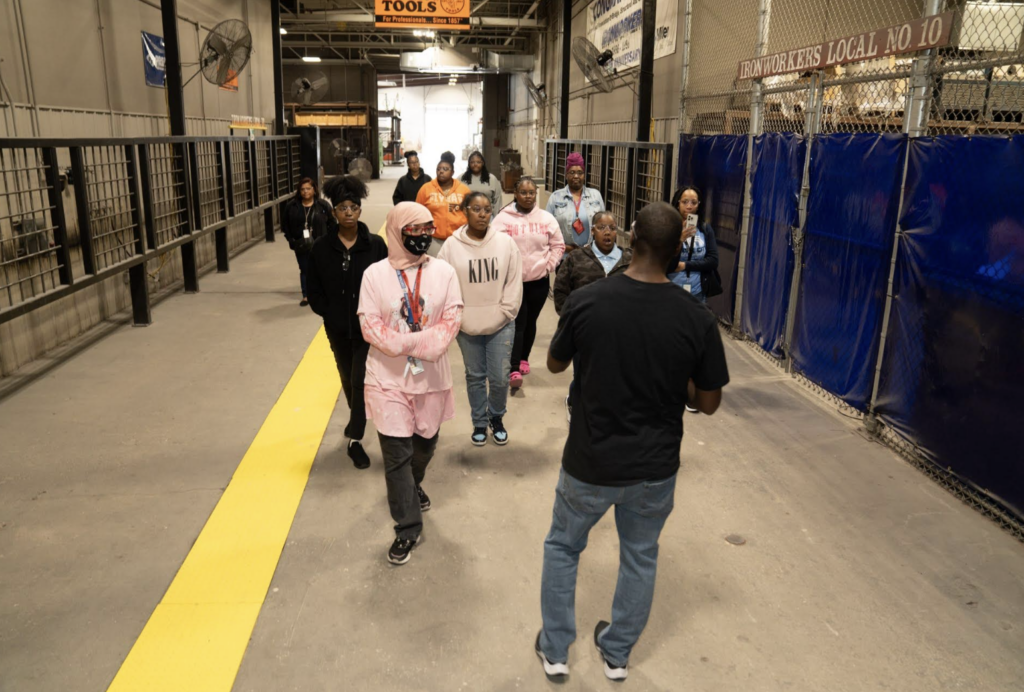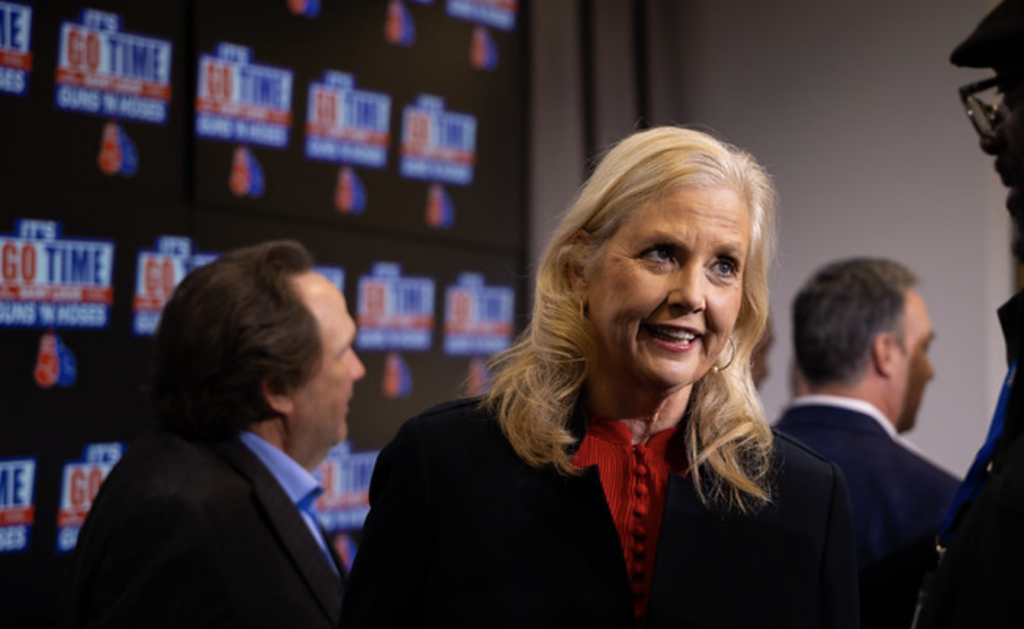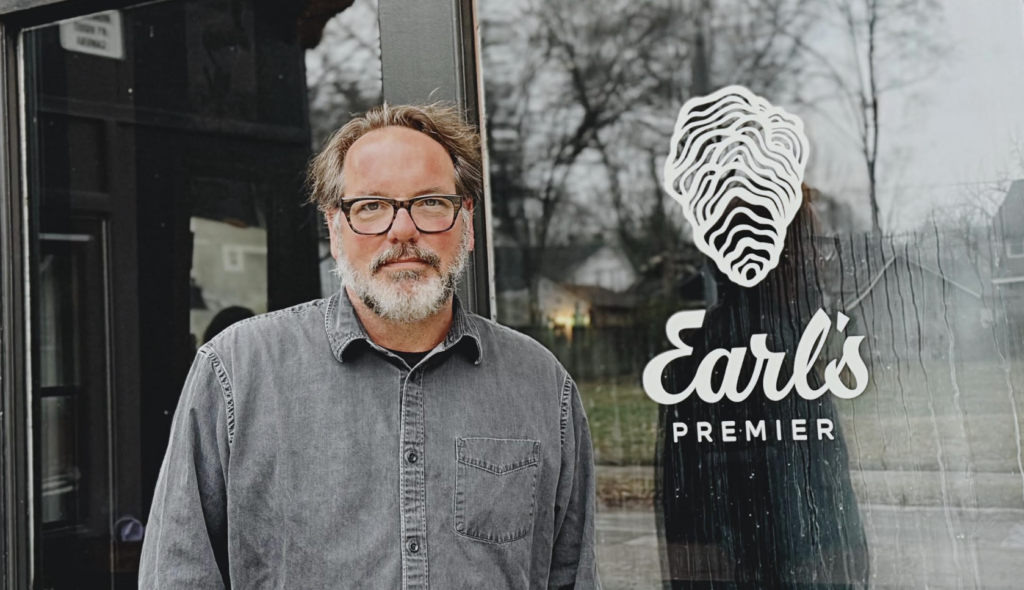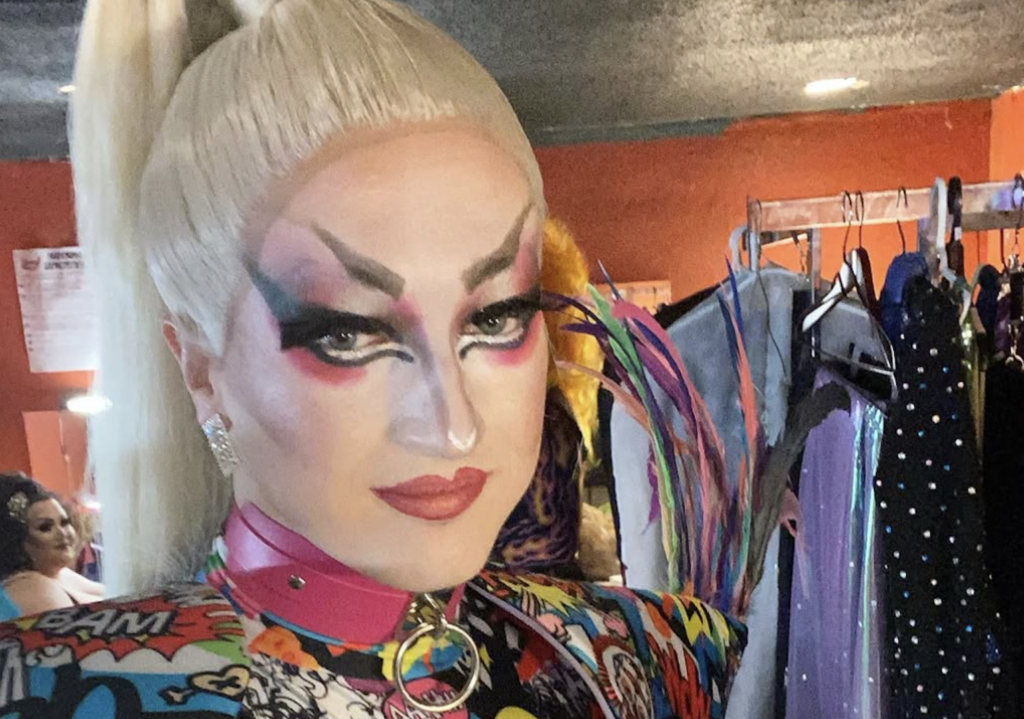Stuart Murdoch on Belle and Sebastian’s dance revolution


There are better Belle and Sebastian albums than Girls in Peacetime Want to Dance, but the Scottish outfit has never made a more energetic record. Songs such as the opening “Nobody’s Empire” and the sweaty “Enter Sylvia Plath” amp up yester-B&S’s gentle gambol to Daft Punk-like BPM. Bass lines wriggle. You can smell heat coming off the keyboard patch cords. Someone brought conga drums. Even the slower numbers simmer with new tension, as though the conga player were pounding on the studio door to get another turn.
It’s an unexpected party disc, a great night at the disco from the band you just saw in the coffeehouse, and the party is gaining momentum on the road. The band’s first-ever KC stop comes just a few days after the kind of good-times non sequitur that’s increasingly common for the 2015-model Belle and Sebastian: a viral video in which a stage-crashing Jon Hamm tosses a Gummy Bear into frontman Stuart Murdoch’s waiting mouth, a dozen feet away. The group’s New York stand this month included stage dancers, and the new songs are everywhere accompanied by pithy little short films projected on a screen above the stage — a sign of Murdoch’s confidence after last year’s movie God Help the Girl, which he wrote and directed.
Ahead of Belle and Sebastian’s Uptown Theater gig, I called Murdoch a few hours before the band’s Radio City Music Hall concert.
The Pitch: Everyone’s writing about this as your disco album, but you guys have always been a pretty danceable live act. Are there frontmen or bandleaders you’ve admired or tried to emulate?
Murdoch: As soon as you leave the bedroom and get out onstage, you have to give people something to move to, something to feel good about. But I put the least thought possible into what I do live because there are so many other things in life you have to think about. What I do onstage is not a very conscious thing. I’m not one of those people who admires people for their stagecraft. I’m not a fan of seeing bands in big venues. But once you get in front of 1,000 people, you have to invent some kind of stagecraft.
Recently I’ve loved Future Islands. I love the way that guy [singer Samuel T. Herring] moves. But if I didn’t like their music, I wouldn’t care about the way the guy moves. I remember seeing Pulp in about 1992, and they were the first band for a while that really had a frontman. What I saw in the 1980s — Jesus and Mary Chain, New Order — no one was playing with the audience. So I loved how [Pulp singer] Jarvis [Cocker] would start out talking about a song, and someone would shout out, and he’d have a conversation. He completely understood the audience.
What do you know or believe now about performing that would have surprised you 10 years ago?
Everything! Anything! Because, again, it’s the one aspect of the job that I never thought about. I had all these plans for a sort of secret band and to make a couple of records, and it would all be very bookish and underground, and suddenly we were thrust out into the limelight. But I really don’t think there’s anything in my life that’s given me so much pleasure as touring and playing the music. I’ve been reveling in it this tour, this year — everything from getting your laundry done every week to working out every night the songs you’re going to play, keeping the show fresh, having fresh ideas every night. We change the show every night.
How much of your catalog did you rehearse for this tour?
We started off with 20 or so, including the new ones, which take longer to work out. But by the time you go out, it’s closer to 40 — maybe 50 now.
You recorded the bulk of Girls in Peacetime in Atlanta. What was different about making a record there?
We go where the producer is, usually, and we never mind leaving home for the record because you feel like the French Foreign Legion — you lose yourself in the process. Ever since we did The Life Pursuit [2006], we’ve loved coming to America. We found Atlanta to be very livable and easy to negotiate. And we had a great producer [Ben H. Allen III, whose credits include Animal Collective and Gnarls Barkley], and he had fabulous engineers and people working with him.
[page]
Between recording over here and touring a lot this year, you’ve spent more time on planes lately for someone who doesn’t like to fly. What’s your air-travel knockout method of choice?
My method of choice is meditation. I’ve been doing some Buddhist-style meditation and thinking a lot about that kind of stuff. But my method of reality is Valium.
You’ve generally trailed plenty of B-sides after your albums. What got left off the record this time?
We’ve licked the platter clean, to quote an old nursery rhyme, the last couple of albums. Which is good, in a way, because it means you haven’t messed up many tracks. We recorded 16 songs this time and we meant to record 16. We usually narrow down to 11 or 12 for the album, and in this case we had 12 tracks on the record and we made a deluxe vinyl version with the other four songs.
What lessons did you learn from making the movie that found their way into Girls in Peacetime?
I think it’s having an effect that I’m feeling now, that’s just starting to creep in. It’s cool to go back to the band and throw my lot in and not always be a performer. But now that we’ve played a few shows on this tour, the director side of me is coming out. We’ve started to use dancers. and every new song has a video thing to go with it. I never thought I’d get into that stuff, but now that I think of things visually more and more, it’s a different thing from just making a video. We want to make something to accompany, rather than overwhelm, the song.
When you use dancers for a couple of the bigger shows on the tour, and when you’re making bolder strokes in general onstage, are you conscious that people might read you ironically? Is any of it ironic?
Not at all. Irony is a dangerous thing. As soon as you put your tongue in your cheek, it’s a little dishonest. It might seem like we’re being corny because we’re embracing crappy things from the past — my taste is as bad as all the things in the past — but it’s real. I don’t like irony in music. I’d rather have bad honesty than good irony.
You’ve said that you keep an endless list of possible song and album titles. Do you have a title picked out for a book or a memoir down the line?
I think they’re all interchangeable, the titles. The phrase “girls in peacetime want to dance” — I jotted that down and thought it would be a song title, and then I forgot about it. And then we were doing the album artwork, and it came back to me. Titles are almost like tweets, in a way: concentrated ideas, little pockets of imagery. They can turn into anything.
Speaking of Twitter, you used it to call out a Pitchfork freelancer after she wrote that God Help the Girl was emblematic of Belle and Sebastian’s being “steeped in whiteness.” You tweeted that you’d like her to come to your Chicago date. Did you resolve that spat?
I had some correspondence with the actual writer. She explained herself, and then I explained a bit more about the group and our background, and we agreed to disagree. She was on the guest list for the Birmingham show because that’s where she happened to be staying at the time, but I didn’t see her afterward, so I don’t know if she came. That’s the first time I’d experienced Twitter notoriety. It was shocking to me. People called me all kinds of terrible things, so I shut down for a while.
Besides social media, you’ve mentioned another digital habit in past interviews. If you’re still doing Scrabble or Words With Friends on your phone these days, I’d like to play you.
I did get into that for a while, but I stopped. I’m not sure what happened. No, wait — we had a baby.




